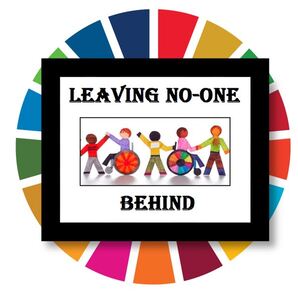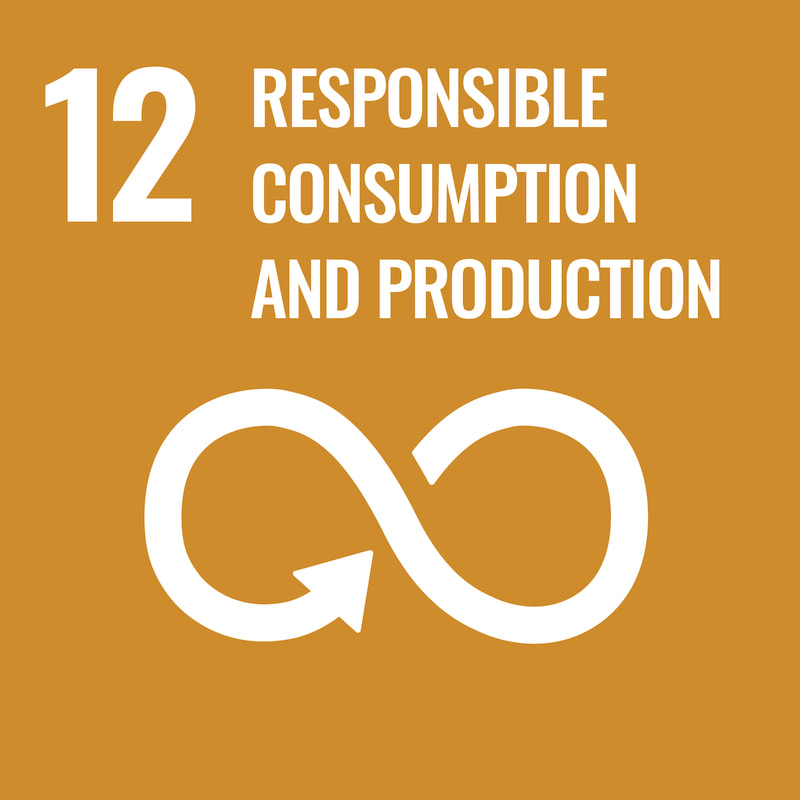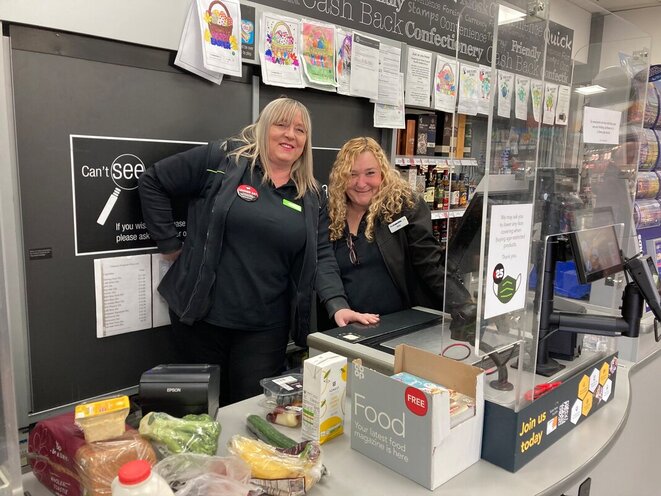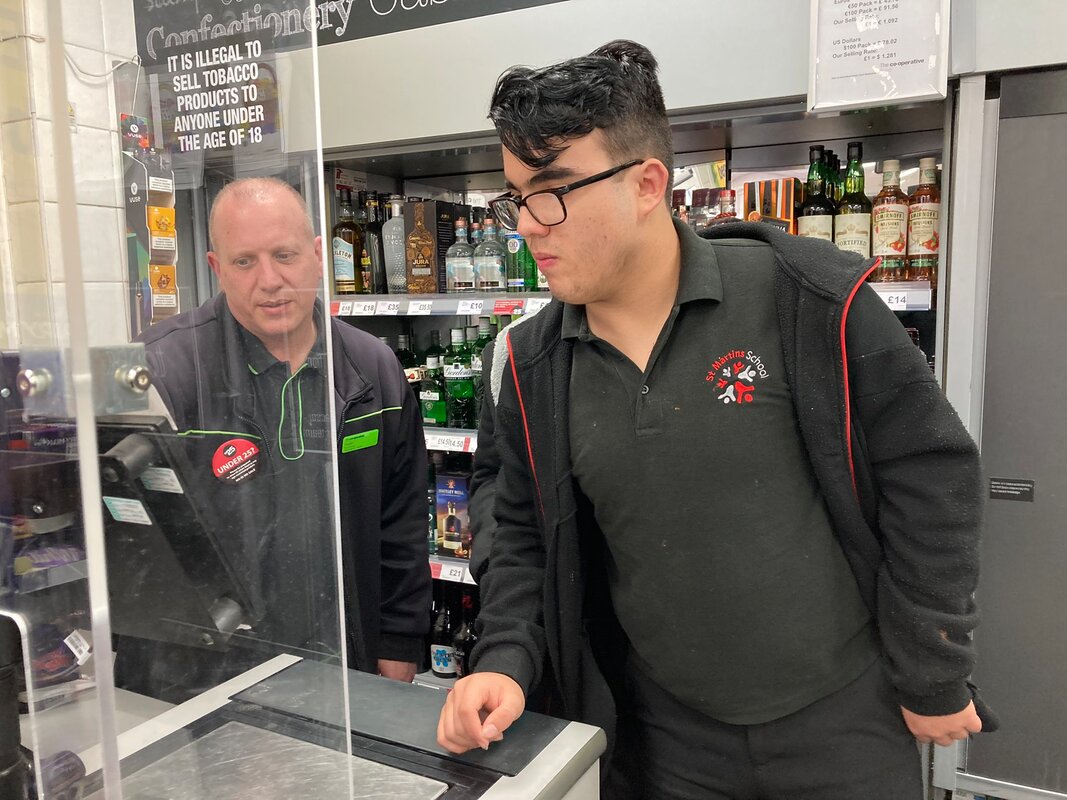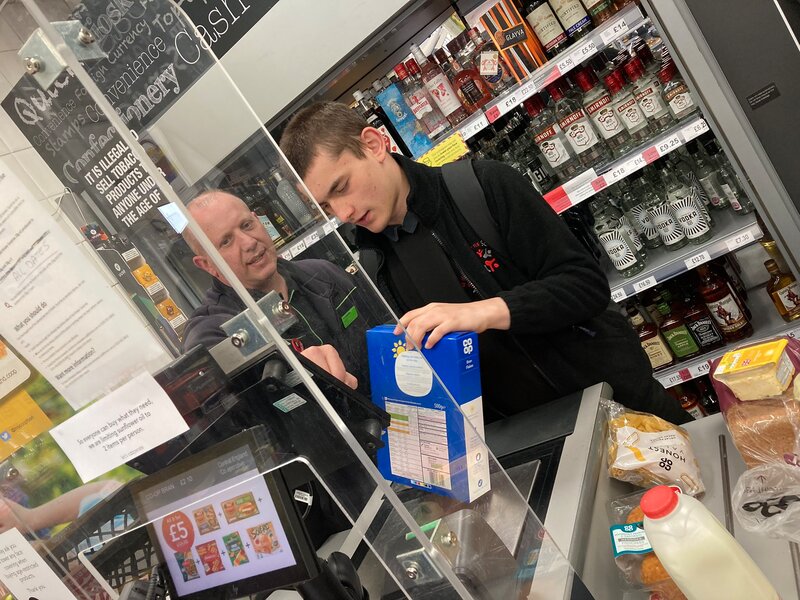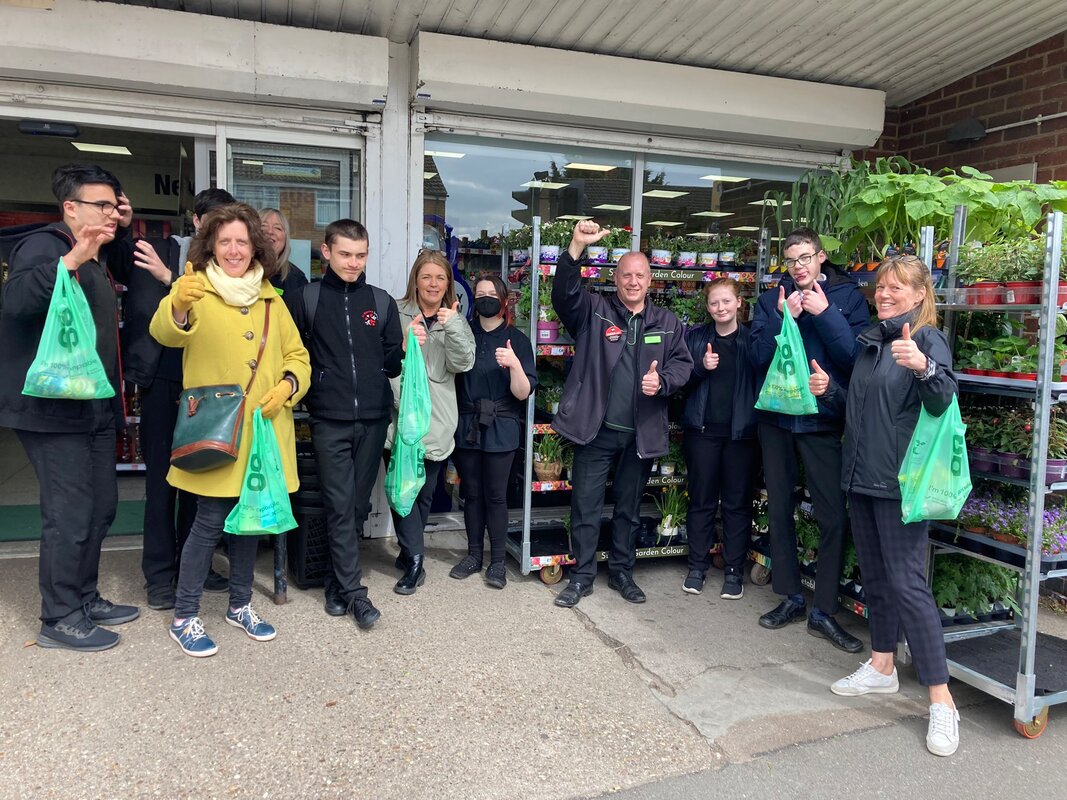Big Idea:
To develop skills of shopping for a balanced diet on a budget, decision-making and mathematical skills in a real life context.
To become aware of the influence of branding and advertising on everyday choices.
To become aware of the influence of branding and advertising on everyday choices.
Type of Activity:
This active citizenship project enables students to become aware of what it is like to have a limited budget to spend on food for a family. It addresses issues of wants and needs and over consumption.
Pre-teaching is required, to allow students to think about the cost of everyday produce, for example showing students physical items such as a loaf of bread, encourage them to guess the cost.
This project could be taught over a sequence of weeks or working towards a focused event, such as World Food Day.
Pre-teaching is required, to allow students to think about the cost of everyday produce, for example showing students physical items such as a loaf of bread, encourage them to guess the cost.
This project could be taught over a sequence of weeks or working towards a focused event, such as World Food Day.
Who is it for?
Ages 11 to 18.
What do I need?
Selection of fresh produce and basic foods, photographs of food banks, photographs showing people who may be struggling to have enough to eat in own community (eg. elderly person, homeless person, housebound, family).
How long does it take?
This is a sequence of lessons, 3 x 45 minutes.
1 x 2 hours for shop visit and follow up.
1 x 2 hours for shop visit and follow up.
Introduction
Lesson 1: I understand the difference between a want and need.
Starter - Show a picture of a food bank, discuss what the students see, do they know what it is? what would people get from here? why do they only get limited items?
Main activity - Students to sort the pictures of different food items into wants and needs, discussions around which foods are needed for survival and which ones are "wants" or "treats".
Plenary - Discussion around an example of a meal that would fulfil our food need to survive.
Starter - Show a picture of a food bank, discuss what the students see, do they know what it is? what would people get from here? why do they only get limited items?
Main activity - Students to sort the pictures of different food items into wants and needs, discussions around which foods are needed for survival and which ones are "wants" or "treats".
Plenary - Discussion around an example of a meal that would fulfil our food need to survive.
What next
Lesson 2: I know not everybody in my community can buy what they want to eat.
Starter - Show photos of different groups of people in our local community who may struggle for food. Discuss opinions around this and how it makes us feel.
Main activity - Discuss different ways people can get support through food vouchers, food banks, schools, local community centres, charities. Share and list different examples of what is available in the local area.
Think about feelings - How do these people feel when they can't buy what they want/when they are struggling to feed their family? What options do they have for buying cheaper food?
Play a game comparing prices of food, for example a loaf of bread, tomato sauce, milk, crisps, banana.
Plenary - What do we need to look out for when we are shopping to a budget? What else is there to think about, apart from price?
Starter - Show photos of different groups of people in our local community who may struggle for food. Discuss opinions around this and how it makes us feel.
Main activity - Discuss different ways people can get support through food vouchers, food banks, schools, local community centres, charities. Share and list different examples of what is available in the local area.
Think about feelings - How do these people feel when they can't buy what they want/when they are struggling to feed their family? What options do they have for buying cheaper food?
Play a game comparing prices of food, for example a loaf of bread, tomato sauce, milk, crisps, banana.
Plenary - What do we need to look out for when we are shopping to a budget? What else is there to think about, apart from price?
Finally
Lesson 3: I understand that similar items are priced differently, depending on brand
Starter - Show different food items and play "the price is right" game. Give 3 different price tags, students need to match the price tag with the item. Use bread as an example, show a well-known brand and then a supermarket brand - which costs more, why? Continue to guess the prices comparing premium and value brands.
Main - Round robin of activities encouraging the students to understand that cheaper doesn't always mean poor quality. Students can taste test different items around the room: table 1 bread, table 2 pasta, table 3 cheese, table 4, fruit, table 5 vegetables. Can they taste the difference? Do they know which is cheaper?
Plenary - Explain over-consumption to the students and encourage them to think about their choices, when buying different items in the supermarket - what would you do differently next time?
Starter - Show different food items and play "the price is right" game. Give 3 different price tags, students need to match the price tag with the item. Use bread as an example, show a well-known brand and then a supermarket brand - which costs more, why? Continue to guess the prices comparing premium and value brands.
Main - Round robin of activities encouraging the students to understand that cheaper doesn't always mean poor quality. Students can taste test different items around the room: table 1 bread, table 2 pasta, table 3 cheese, table 4, fruit, table 5 vegetables. Can they taste the difference? Do they know which is cheaper?
Plenary - Explain over-consumption to the students and encourage them to think about their choices, when buying different items in the supermarket - what would you do differently next time?
Find out more
Lesson 4: Invite a supermarket representative to talk to students around shopping on a budget . In partnership with supermarket, arrange a visit to a local food store.
Allow students to fill a basket with what they would like to buy with a budget of £10. The basket is then taken to the till and the students can cash it up to see how much they have spent. Discuss how much they spent, are they surprised at how much they spent? Is there anything they put in their trolley that was a "want" rather than a "need"? Students then put the items back and, after re-evaluating their choices, are allowed to choose a meal that they can take home to eat.
Plenary - Has your opinion on branding changed the way you will shop in the future? Has shopping on a budget made you think about making better food choices in the future? Can you create a weekly, budgeted, shopping list?
Allow students to fill a basket with what they would like to buy with a budget of £10. The basket is then taken to the till and the students can cash it up to see how much they have spent. Discuss how much they spent, are they surprised at how much they spent? Is there anything they put in their trolley that was a "want" rather than a "need"? Students then put the items back and, after re-evaluating their choices, are allowed to choose a meal that they can take home to eat.
Plenary - Has your opinion on branding changed the way you will shop in the future? Has shopping on a budget made you think about making better food choices in the future? Can you create a weekly, budgeted, shopping list?
